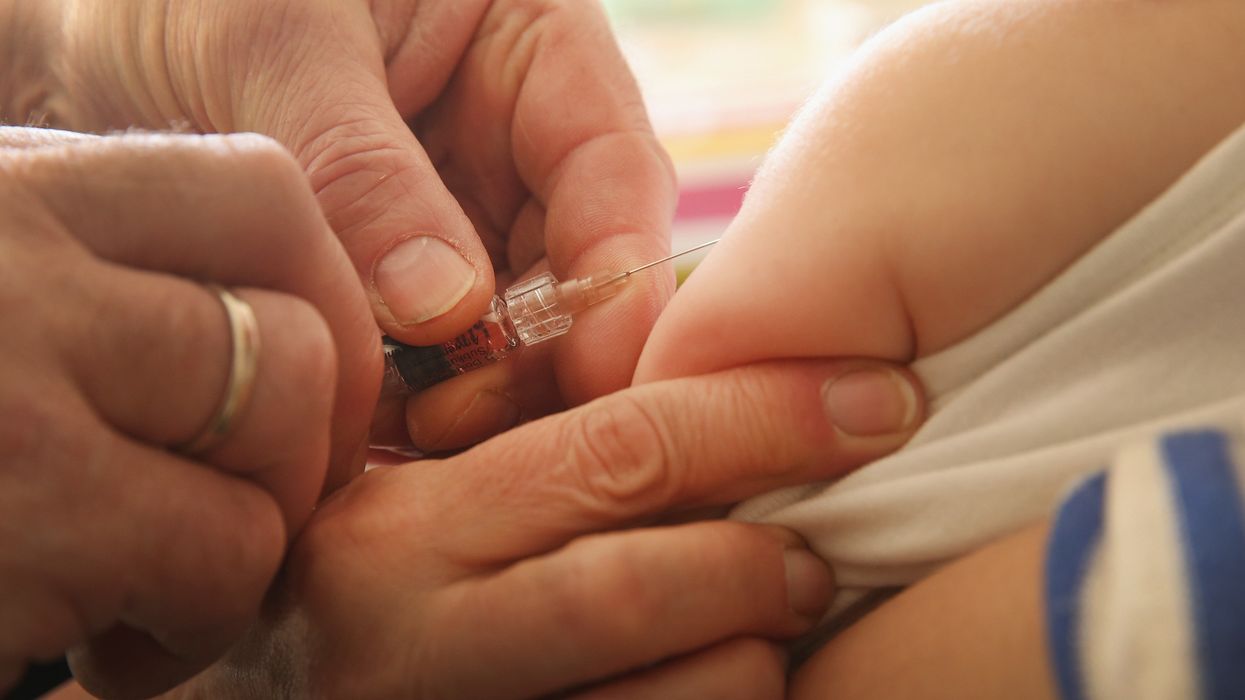
Sean Gallup/Getty Images

This is not good
The U.S. has already seen more cases of measles this year than it saw all of last year.
At least 387 confirmed cases of measles were reported between January 1 and March 27, according to the latest report from the U.S. Centers for Disease Control and Prevention. Last year, 372 cases were reported over a 12-month period.
"This is the second-greatest number of cases reported in the U.S. since measles was eliminated in 2000," the CDC wrote Monday on its website.
In 2014, 667 cases were reported over the entire year.
The outbreak has affected 15 states, including Arizona, California, Colorado, Connecticut, Georgia, Illinois, Kentucky, Michigan, Missouri, New Hampshire, New Jersey, New York, Oregon, Texas, and Washington.
Seventeen states were affected last year.
There are six ongoing outbreaks in New York, Washington, California, and New Jersey, according to the CDC.
Last year, the majority of cases broke out among unvaccinated Orthodox Jewish communities in New York and New Jersey.
More than 80 unvaccinated travelers imported the disease back to the U.S. from Israel, where there is a large ongoing outbreak, the CDC reported.
Measles is still common in many parts of the world.
Measles is a highly contagious respiratory infection spread through coughing and sneezing. Initial symptoms include high fever, cough, runny nose, and irritated eyes. A couple of days later, white spots may begin to show up in the mouth.
About three to five days after the symptoms begin, a rash breaks out and spreads across the body.
Complications are most common in children under 5, pregnant women, adults over 20, and those who have compromised immune systems. Serious complications include pneumonia and encephalitis.
For every 1,000 cases, at least one or two will die.
The CDC recommends that all children receive two doses of the MMR vaccine, which protects against measles, mumps, and rubella. Children should receive their first dose between 12 to 15 months and a second dose between 4 and 6 years old.
Adults should also make sure they are up to date on their MMR vaccination.